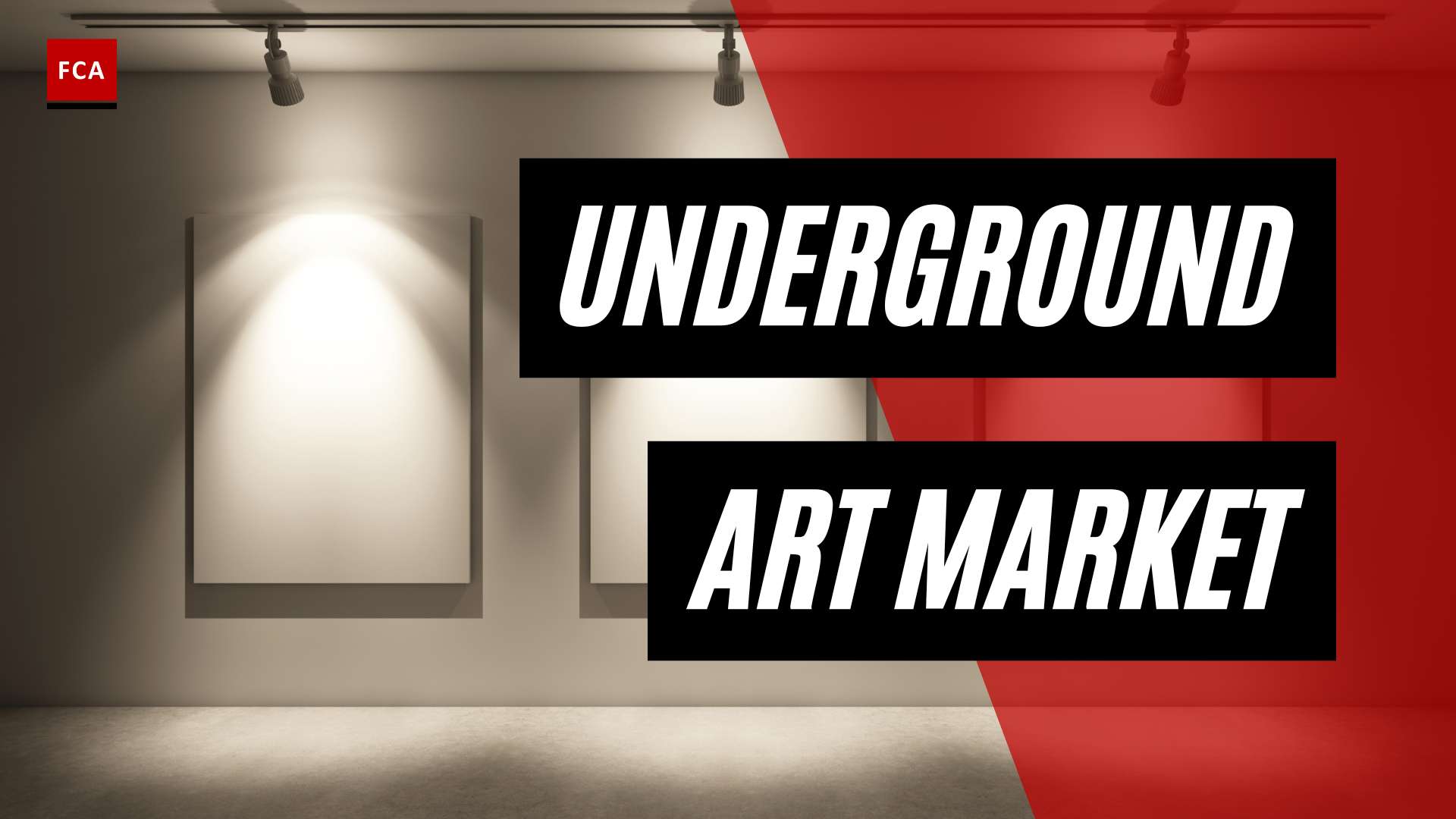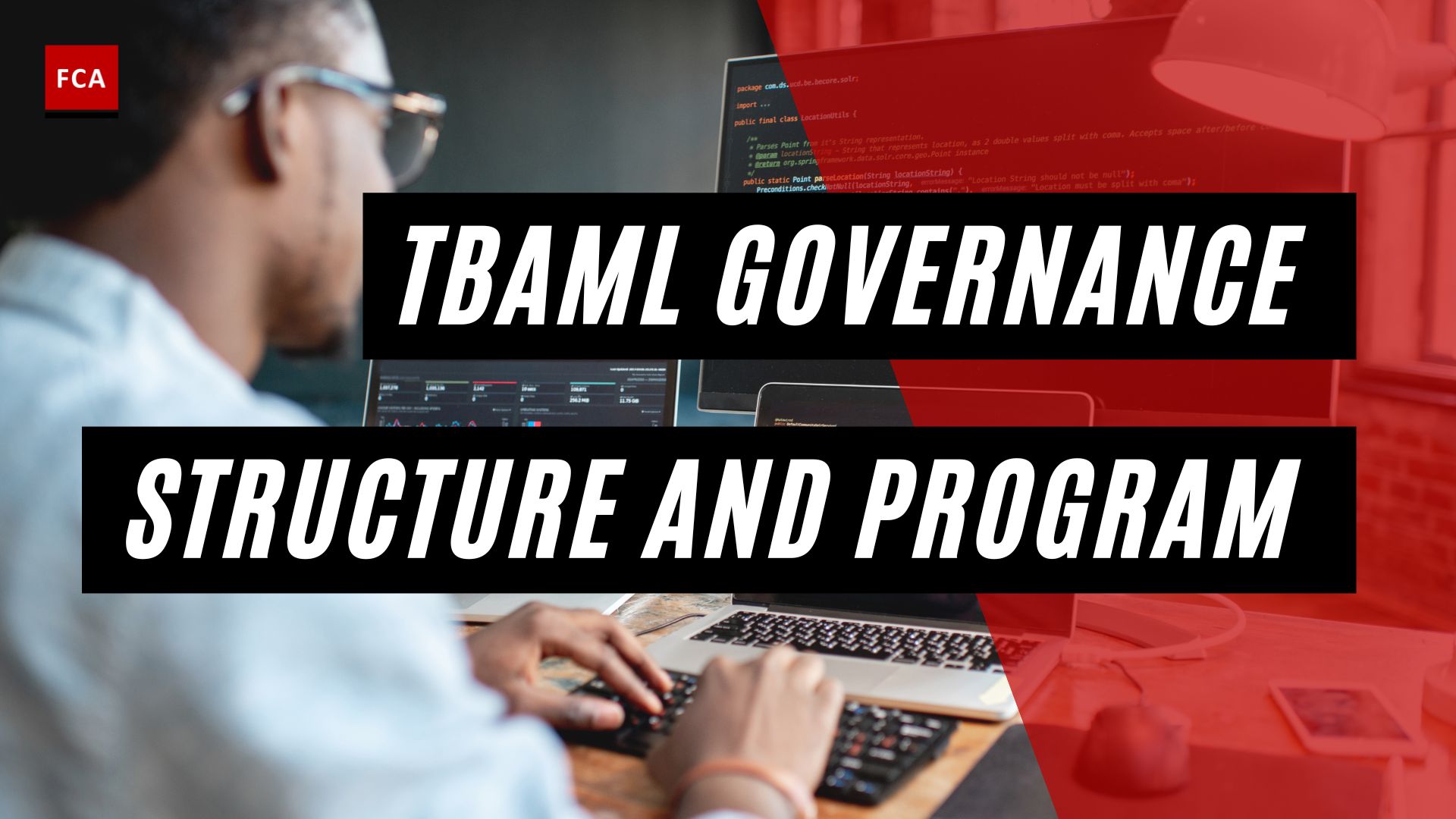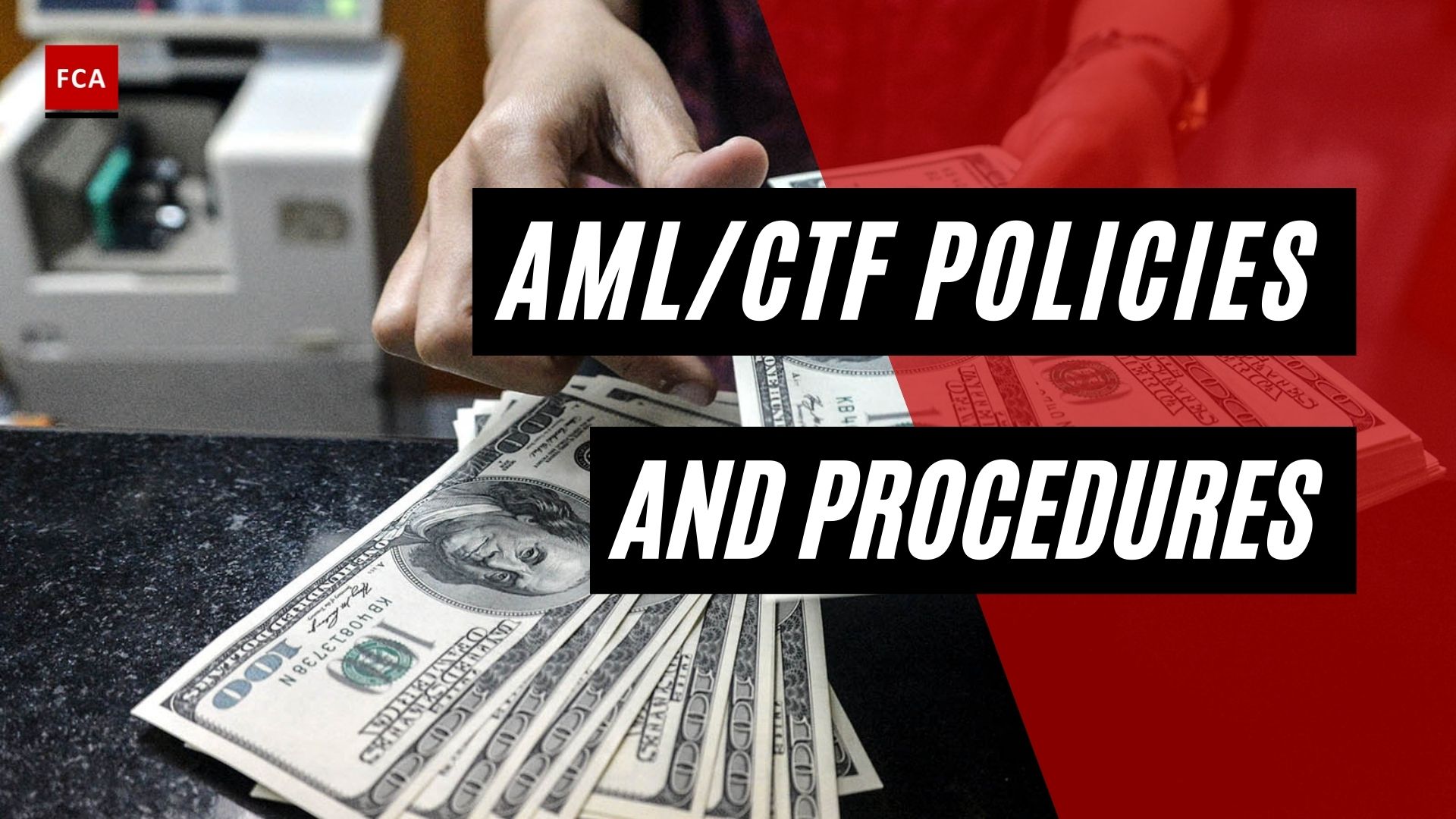Understanding AML in the Art Market
The art market, known for its elegance and creativity, has also been recognized as a vulnerable sector when it comes to anti-money laundering (AML) regulations. The lack of specific AML regulations in the art market creates vulnerabilities that can be exploited for illicit financial activities. This lack of regulation stems from the predominance of cash transactions and the anonymity afforded to buyers and sellers, facilitating the obscurity of identities and enabling illicit financial transactions.
Vulnerabilities in the Art Market
The art market’s lack of transparency and regulation exposes it to vulnerabilities that can be exploited for money laundering activities. The opacity and complexity of art transactions make it challenging to trace the beneficial ownership of artworks and track the movement of funds involved in these transactions. This makes it difficult for financial institutions, art businesses, and law enforcement agencies to detect and prevent money laundering activities (RUSI).
According to a study by the Basel Institute on Governance, 70% of art-world participants perceive the market as vulnerable to money laundering, highlighting the urgent need for enhanced AML regulations in the art market. Additionally, 80% of participants believe that art market professionals are inadequately informed about AML and counter-financial terrorism (CFT) requirements (RUSI).
Lack of AML Regulations in the Art Market
Currently, the art market is not subject to specific AML regulations in most jurisdictions. This regulatory gap allows illicit actors to exploit the art market for money laundering and the financing of illicit activities. The absence of comprehensive AML regulations poses a significant challenge for stakeholders in the art market, including financial institutions, art dealers, galleries, and auction houses, as it hampers their ability to prevent and detect money laundering activities.
Recognizing the risks associated with the art market’s lack of AML regulations, some jurisdictions have taken steps to introduce AML regulations that apply to art market participants. These regulations aim to increase transparency and accountability in the art market. For example, the US Anti-Money Laundering Act of 2020 (AMLA 2020) brought antiquities dealers under the same AML regulatory framework as US financial institutions, imposing requirements such as identifying beneficial owners, training staff, maintaining transaction records, and implementing compliance policies (ComplyAdvantage).
Similarly, the European Union’s Fifth Anti-Money Laundering Directive (5AMLD) and Sixth Anti-Money Laundering Directive (6AMLD) have made AML screening and customer due diligence compulsory for all participants in the art market within EU member states, with stricter penalties for non-compliance. In the UK, the Money Laundering, Terrorist Financing and Transfer of Funds Regulations Act (MLR) 2017 was amended to include provisions applicable to the art market, requiring entities dealing in art with a value of €10,000 or more to establish and maintain AML procedures, report suspicions, and keep applicable records (ComplyAdvantage).
The future of AML in the art market will likely involve increasing scrutiny and enforcement, as regulatory bodies and governments recognize the need to address the vulnerabilities and risks associated with money laundering in this sector. The art market itself will also need to respond by adopting and implementing AML regulations and practices to ensure transparency and integrity in its operations (RUSI).
Risks and Challenges in the Art Market
The art market poses various risks and challenges when it comes to anti-money laundering (AML) efforts. These challenges stem from the vulnerabilities inherent in the art market and the difficulties in detecting money laundering activities within it.
Money Laundering in the Art Market
The art market, with its lack of transparency and regulation, is vulnerable to money laundering activities. The predominance of cash transactions and the anonymity afforded to buyers and sellers create an environment that facilitates illicit financial transactions and obscures the identities of those involved. As a result, the art market becomes an attractive avenue for money laundering.
Criminals exploit the characteristics of the art market, such as high asset value, privacy, and lack of regulation, to launder illicit funds. The opacity of art transactions makes it challenging to trace the beneficial ownership of artworks and track the movement of funds involved in these transactions (Financial Crime Academy).
Difficulties in Detecting Money Laundering in the Art Market
The lack of regulation in the art market poses significant challenges for financial institutions, art businesses, and law enforcement agencies in detecting and preventing money laundering activities. The opacity and complexity of art transactions make it difficult to trace the beneficial ownership of artworks and track the movement of funds. This makes it challenging to ascertain the legitimacy of funds used to purchase art and identify potential money laundering schemes (RUSI).
Private art sales and auctions, in particular, lack transparency, raising concerns about the potential for money laundering through high-value art transactions. The anonymous nature of these transactions makes it challenging to identify the true beneficial owners and verify the legitimacy of the funds used for purchases. This has prompted regulatory bodies to enact stricter AML rules and enforcement mechanisms in the art industry.
To address these risks and challenges, enhancing AML regulations in the art market is crucial. Jurisdictions are taking steps to introduce specific AML regulations for the art market, and transparency and accountability are becoming increasingly important in the fight against money laundering in the art industry. The next sections will explore these aspects in greater detail.
Enhancing AML Regulations in the Art Market
To address the vulnerabilities of the art market to money laundering and illicit financial activities, jurisdictions around the world have recognized the need to introduce enhanced Anti-Money Laundering (AML) regulations. These regulations aim to increase transparency and accountability within the art market, mitigating the risks associated with money laundering and illicit financial transactions.
Jurisdictions Introducing AML Regulations
In response to the unique challenges posed by the art market, some jurisdictions have taken proactive steps to introduce AML regulations that apply specifically to art market participants, including art dealers, galleries, and auction houses. These regulations are designed to ensure that these entities comply with AML requirements and implement robust due diligence procedures. Notable examples include:
- The European Union’s Fifth Anti-Money Laundering Directive (5AMLD) and Sixth Anti-Money Laundering Directive (6AMLD) have made AML screening and customer due diligence compulsory for all participants in the art market within EU member states. These directives impose stricter obligations on art market participants, with harsher penalties for non-compliance (ComplyAdvantage).
- In the United Kingdom, the Money Laundering, Terrorist Financing and Transfer of Funds Regulations Act (MLR) 2017 was amended to include provisions applicable to the art market. The amendments require entities dealing in art with a value of €10,000 or more to establish and maintain AML procedures, report suspicions, and keep applicable records (ComplyAdvantage).
- The United States has also taken steps to expand AML regulations to include the art market. The Anti-Money Laundering Act of 2020, included in the National Defense Authorization Act (NDAA), extends AML requirements to the cultural property space, particularly emphasizing the antiquities market. The implementation of this new statute is still undergoing the regulatory rulemaking process (Art Law Journal).
These regulatory developments reflect a growing recognition of the need to address money laundering risks in the art market and establish a more robust framework for compliance.
Importance of Transparency and Accountability
Enhancing AML regulations in the art market is of paramount importance in promoting transparency and accountability within the industry. The lack of specific AML regulations in the past has allowed illicit actors to exploit gaps in the regulatory framework, making the art market an attractive avenue for money laundering and illicit financial activities (RUSI).
By introducing and enforcing AML regulations, jurisdictions aim to create a more transparent and accountable art market. These regulations require art market participants to implement effective AML compliance measures, conduct thorough due diligence, and report suspicious transactions. By doing so, they can help identify and prevent the flow of illicit funds through the art market.
Transparency and accountability are crucial not only for combating money laundering but also for safeguarding the integrity of the art market. Stricter AML regulations can help protect buyers, sellers, and the art market as a whole from engaging in transactions involving illicitly obtained funds.
As AML regulations continue to evolve and jurisdictions worldwide place greater emphasis on combating money laundering in the art market, it is essential for art market participants to stay informed about the latest developments and ensure compliance with applicable regulations. This includes implementing robust AML compliance measures, conducting thorough customer due diligence, and staying vigilant to prevent the misuse of the art market for illicit purposes.
The introduction of AML regulations in the art market represents a significant step towards creating a more secure and transparent environment for art transactions, bolstering the integrity of the market and safeguarding against illicit financial activities.
AML Compliance in the Art Market
As the art market has become increasingly vulnerable to money laundering and illicit financial activities, it has become crucial for art market participants to prioritize anti-money laundering (AML) compliance. By implementing robust AML measures, art market participants can help mitigate the risks associated with money laundering and enhance the transparency and accountability of the art market.
AML Compliance Measures for Art Market Participants
Art market participants, including art dealers, galleries, auction houses, and collectors, are now required to comply with AML regulations to combat money laundering and terrorist financing in the art sector. These regulations aim to ensure that art transactions are conducted with integrity and that the art market is not exploited for illicit financial activities.
To achieve AML compliance, art market participants should adopt a range of measures, including:
-
Customer Due Diligence (CDD): Implementing comprehensive CDD procedures is crucial for identifying and verifying the identities of buyers, sellers, and other relevant parties involved in art transactions. This includes conducting thorough background checks and collecting relevant documentation to establish the beneficial ownership of artworks and assess the potential risks associated with the parties involved.
-
Transaction Monitoring: Establishing a robust system for monitoring art transactions is essential to detect suspicious activities. Art market participants should implement processes to identify transactions that deviate from typical patterns or involve high-risk individuals or jurisdictions. This can involve the use of data analytics and automated systems to flag potential red flags.
-
Record-keeping: Maintaining accurate and up-to-date records of art transactions, including buyer and seller information, transaction details, and associated documentation, is vital for AML compliance. These records not only demonstrate compliance with AML regulations but also provide a valuable source of information for investigative purposes if suspicious activities are identified.
-
Training and Awareness: Providing regular training and awareness programs for staff members on AML regulations, red flag indicators, and reporting procedures is essential. This ensures that employees are equipped with the necessary knowledge and skills to identify and report potential money laundering activities.
Compliance Programs and Due Diligence
To strengthen AML compliance efforts, art market participants should establish comprehensive compliance programs that outline specific measures, policies, and procedures to address the risks associated with money laundering in the art market. These programs should be tailored to the specific needs and characteristics of each participant, taking into account factors such as the size of the organization, the nature of its activities, and the jurisdictions in which it operates.
Key elements of effective compliance programs include:
-
Risk Assessment: Conducting a thorough risk assessment is a crucial step in designing an effective compliance program. This assessment should identify and evaluate the specific money laundering risks faced by the art market participant, considering factors such as the nature of its business, geographical locations, and types of clients.
-
Internal Controls: Implementing internal controls helps to ensure that AML policies and procedures are effectively implemented and followed within the organization. This can include measures such as segregation of duties, ongoing monitoring of transactions, and regular internal audits to assess compliance.
-
Reporting and Communication: Establishing clear channels of communication for reporting suspicious activities and potential AML violations is essential. Art market participants should have mechanisms in place to enable employees to report concerns without fear of retaliation. Additionally, effective communication channels with relevant regulators and law enforcement agencies should be established to facilitate the reporting of suspicious transactions.
By adhering to AML compliance measures and implementing comprehensive compliance programs, art market participants can contribute to a more transparent and secure art market. Through their efforts, the risks associated with money laundering in the art market can be mitigated, protecting the integrity of the industry and ensuring compliance with AML regulations.
The Role of KYC in AML Compliance
In the realm of AML in art and luxury goods, Know Your Customer (KYC) plays a crucial role in ensuring compliance with anti-money laundering (AML) regulations. KYC verification is an integral part of AML compliance, as it involves collecting customer data and confirming their identity, particularly in riskier situations. This process enables businesses to be familiar with their customers and their financial transactions, making them more vigilant against suspicious activities and reducing the risks of being exploited for money laundering (iDenfy).
KYC Verification in AML Compliance
KYC verification is an essential step in AML compliance, requiring businesses to collect relevant information from their customers and validate their identities. The specific requirements for KYC verification may vary based on jurisdiction and industry. For instance, in Europe, regulations such as eIDAS and the Sixth Anti-Money Laundering Directive (6AMLD) outline KYC obligations, while the United Kingdom has its own set of regulations known as The Money Laundering, Terrorist Financing and Transfer of Funds Regulations.
Successful KYC programs typically involve the following processes:
-
Customer Identification Program (CIP): Businesses are required to establish a CIP to accurately identify their customers. This involves collecting essential information such as name, address, date of birth, and identification documents.
-
Customer Due Diligence (CDD): CDD involves conducting a risk assessment of customers to determine the level of due diligence required. Higher-risk customers, such as politically exposed persons (PEPs) or customers from high-risk jurisdictions, may require enhanced due diligence.
-
Watchlist and Sanctions Screening: Regular screening of customers against watchlists and sanctions lists is a crucial aspect of KYC verification. This ensures that businesses are not engaging with individuals or entities involved in illicit activities.
By implementing KYC verification measures, businesses can mitigate the risks associated with money laundering and comply with AML regulations. These stringent verification measures contribute to the overall security and integrity of the art market and the luxury goods industry.
KYC Programs and Risk Mitigation
KYC programs are designed to assess and mitigate money laundering risks within the art market and luxury goods industry. The specifics of KYC programs may vary depending on the business type and jurisdiction. For example, in the United States, the Bank Secrecy Act (BSA) and the USA PATRIOT Act outline requirements for KYC programs.
Key components of effective KYC programs include:
-
Designating a Compliance Officer: Appointing a dedicated compliance officer responsible for overseeing the implementation and maintenance of the KYC program.
-
Educating and Training Employees: Ensuring that employees are educated and trained on AML regulations, KYC processes, and the importance of identifying and reporting suspicious activities.
-
Developing Internal Policies: Establishing comprehensive internal policies and procedures that outline the steps for customer identification, verification, and ongoing monitoring.
-
Independent Testing and Auditing: Regularly conducting independent testing and auditing of the KYC program to evaluate its effectiveness and identify any gaps or weaknesses.
-
Risk Assessment and Ongoing Due Diligence: Conducting in-depth risk assessments to identify and understand the specific money laundering risks associated with the art market and luxury goods industry. Ongoing due diligence on customers and their transactions is also crucial to ensure continued compliance.
By adhering to these components, businesses can strengthen their KYC programs and effectively mitigate the risks of money laundering in the art market and luxury goods industry.
To combat money laundering and ensure the integrity of the art market and luxury goods industry, KYC plays a vital role in AML compliance. Through robust KYC verification processes and comprehensive KYC programs, businesses can safeguard themselves from potential risks and contribute to a more transparent and accountable marketplace.
Global Efforts to Combat Money Laundering in the Art Market
As the global art market continues to grow, reaching $579 billion in 2023 ComplyAdvantage, the need for robust anti-money laundering (AML) measures becomes increasingly important. Recognizing the vulnerabilities and threats in the art and antiquities market, international organizations and jurisdictions have implemented guidelines and regulations to combat money laundering and terrorist financing risks. Two key players in these global efforts are the Financial Action Task Force (FATF) and various jurisdictions around the world.
FATF Guidelines and Recommendations
The FATF, an intergovernmental organization, has been instrumental in shedding light on the vulnerabilities and risks in the art market. In their 2023 guidance paper, they emphasized the potential misuse of the art market for money laundering and terrorist financing White & Case LLP. The FATF report provides best practices and recommendations to mitigate these risks, offering valuable insights and case studies.
Art market participants can refer to the FATF guidelines for guidance on implementing effective AML measures. These guidelines cover a wide range of topics, including customer due diligence, record-keeping, and suspicious transaction reporting. By following these recommendations, stakeholders in the art market can contribute to a more transparent and accountable industry.
AML Regulations in Different Jurisdictions
Various jurisdictions around the world have taken steps to implement AML regulations specific to the art market. For example, in the European Union, the 5th Anti-Money Laundering (AML) Directive was implemented in 2018, initiating efforts by member states towards its implementation Art Law Journal. This directive aims to address the risks associated with money laundering and terrorist financing in the art market.
In the United States, the Anti-Money Laundering Act of 2020 expanded AML regulations to include the cultural property space, with a specific emphasis on the antiquities market. The implementation of this statute is still undergoing the regulatory rulemaking process Art Law Journal. By incorporating the art market into AML regulations, jurisdictions are taking proactive steps to ensure the integrity of the market and prevent illicit activities.
As the art market evolves, incorporating new financial instruments like non-fungible tokens (NFTs) Art Law Journal, regulators and law enforcement agencies are paying increased attention to potential money laundering risks. It is crucial for art market participants to stay informed about the AML regulations in their respective jurisdictions and ensure compliance with the evolving landscape of AML requirements.
By implementing comprehensive AML regulations and promoting transparency, the global art market can enhance its resilience against money laundering and terrorist financing. Continued collaboration between international organizations, jurisdictions, and art market participants is vital to maintain the integrity and reputation of the art market.
The Future of AML in the Art Market
As concerns over money laundering and illicit financial activities in the art market continue to grow, regulators and lawmakers are increasing their scrutiny and enforcement efforts. This heightened focus on anti-money laundering (AML) regulations is shaping the future of the art market, particularly in terms of increasing scrutiny and enforcement, as well as the art market’s response to these regulations.
Increasing Scrutiny and Enforcement
Regulatory bodies and authorities worldwide are taking steps to address the vulnerabilities in the art market and combat money laundering. In response to the growing risks associated with high-value art transactions, regulators have implemented more stringent AML regulations tailored specifically for the art sector. These regulations aim to prevent illegal activities within the art market and ensure compliance with AML requirements.
The Financial Action Task Force (FATF) has played a significant role in shaping AML regulations in the art market. In 2016, the FATF issued recommendations to identify and mitigate money laundering risks in the art market, urging countries to implement stricter AML regulations for the sector. This has led to increased regulatory oversight and enforcement measures in various jurisdictions.
The art market’s growing size and value, estimated at over $64 billion in 2020, have attracted criminal elements seeking to launder illicit funds (FATF Report). As a result, authorities are intensifying their efforts to combat money laundering and terrorist financing in the sector. This includes increased monitoring, inspections, and investigations to identify suspicious transactions and enforce AML regulations.
Art Market’s Response to AML Regulations
Art market participants, including galleries, auction houses, dealers, and collectors, are increasingly required to comply with AML regulations, conduct due diligence on buyers and sellers, and report suspicious transactions to regulatory authorities. The art market has responded to these regulations by implementing comprehensive AML compliance programs and adopting risk-based approaches to identify and mitigate money laundering risks.
To ensure AML compliance, art market participants have implemented various measures, such as customer identification procedures, enhanced due diligence on high-risk transactions, and the development of internal controls. These measures aim to prevent the art market from being exploited for illicit financial activities.
Collaboration and information sharing among authorities, financial institutions, and art market participants are becoming crucial in the fight against money laundering in the art market. The complexity and cross-border nature of art transactions pose challenges for AML efforts. Therefore, effective collaboration is essential to exchange information, detect suspicious activities, and prevent money laundering and terrorist financing within the sector.
The future of AML in the art market will continue to be shaped by increasing scrutiny and enforcement, as well as the proactive response of art market participants to comply with AML regulations. Stricter regulations, enhanced due diligence practices, and improved transparency are expected to be key factors in mitigating money laundering risks and maintaining the integrity of the art market.
For more information on AML compliance in specific segments of the art market, such as art dealers, galleries, auction houses, luxury brands, and high-end jewelry, please refer to our related articles on aml compliance for art dealers, aml policies for art galleries, aml regulations for auction houses, aml controls for luxury brands, aml regulations for high-end jewelry, and aml guidelines for antique dealers.








